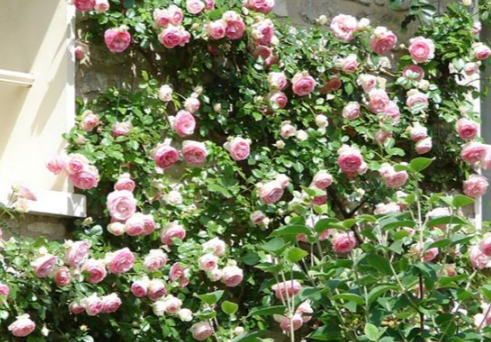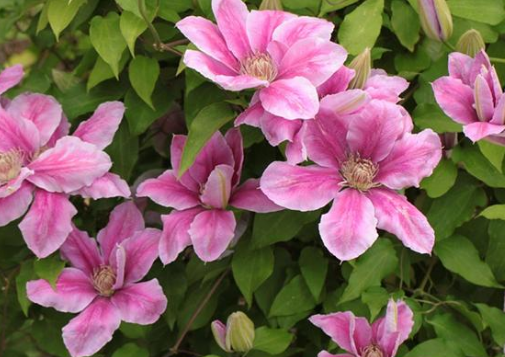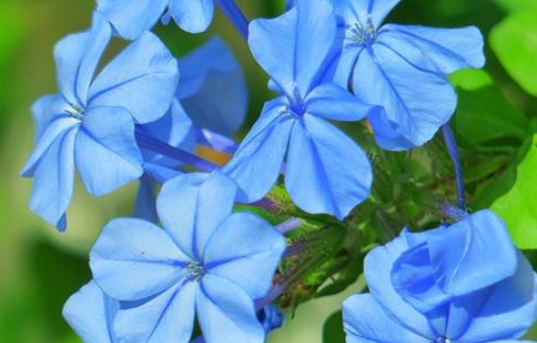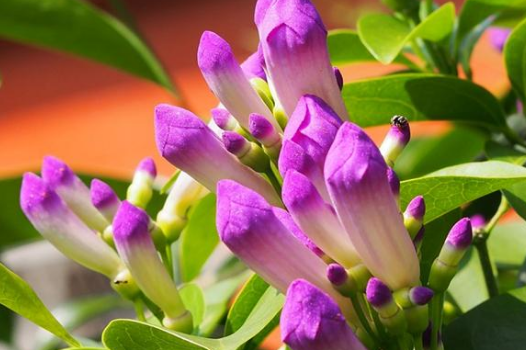Five Eye-catching Flowers You Can’t Miss for Your Garden
Every flower lover dreams of having their own garden, and there are certain must-have flowers for creating the perfect garden. Once you get these flowers thriving, your home will instantly transform into a sea of flowers, making you never want to leave the house! Here are the five essential flowers for any garden:
1. Roses (Monthly Roses)
How could a garden be complete without roses? Roses are one of the most versatile plants in the garden world. Whether you’re making a flower wall, flower waterfall, flower arch, flowering tree, or a flower fence—roses can do it all. If one rose isn’t enough, just plant two!
For gardeners in the South, fall is the best time to buy roses because they’re cold-resistant and won’t suffer from winter temperatures. Additionally, buying roses in autumn offers a price advantage. Once they’re rooted, roses grow quickly in the spring, sprouting new branches and possibly blooming earlier!
In Northern regions where winter has already passed, it’s better to buy rose seedlings in the spring. Before bringing potted roses indoors, make sure to spray them with fungicides and insecticides. The warm indoor temperature can trigger pest outbreaks if you’re not careful.
Shrub-type roses go into dormancy in winter, so they should be pruned during the coldest months (usually January or February). If you don’t prune them, the branches will become thin, and the flowers will become smaller.
2. Clematis (The Queen of Vines)
Clematis is often called the “Queen of Vines” and is the best choice for creating flower walls. It produces spectacular flowers that bloom for a long time. Planting one near a wall or door can quickly transform that corner into a beautiful flower sea.
The best time to plant clematis is late autumn, as it has the whole winter to establish its roots and rest. When spring comes, it will be ready for the rainy season and summer.
Clematis that has survived the winter will have stronger resistance and be less prone to pests and diseases. Most clematis nurseries will repot small seedlings into larger pots during this time, allowing the plant to grow and flourish.
3. Blue Plumbago (Blue Snowflower)
Blue Plumbago is known for its abundant and long-lasting blooms, with flowers lasting for at least half the year. In the South, it can bloom from spring to winter. By cutting back after each bloom, it continues to thrive and fill the garden with a refreshing blue color—creating a gorgeous visual effect.
Plumbago is not cold-resistant, so gardeners in colder regions worry about winter survival. After the last bloom fades, prune the branches but avoid cutting too much. Then, move the plant indoors and keep it above freezing. If you have to leave it outdoors, place the pot inside a foam box, cover it with a simple plastic shelter, and it can safely survive temperatures as low as -10°C (14°F).
4. Garlic Vine (Mansoa alliacea)
Garlic vine is an attractive addition to any garden, known for its stunning flowers. It blooms gracefully with small, bell-shaped purple flowers that have a lovely garlic scent when the leaves are crushed.
Garlic vine is not very cold-tolerant, making it suitable for South China or warmer regions. It blooms multiple times a year, with its peak flowering periods in spring and autumn. In places like Guangzhou, it can bloom all the way through to winter. The flower production is impressive, and it’s perfect for creating flower walls or arches.
Garlic vine requires little care in terms of light, fertilizer, or water. Whether in pots or in the ground, it grows easily and can even overflow with beautiful blossoms. It’s a great plant for lazy gardeners, as it doesn’t need pesticide treatment or frequent fertilizing.
5. Hippeastrum (Amaryllis)
You may have owned a few amaryllis plants, but have you ever seen them bloom in groups? The beauty and grandeur of a group of amaryllis flowers rivals roses, clematis, and hydrangeas—it’s always the center of attention in any garden photo!
For best results, plant amaryllis outdoors in the fall but wait until temperatures drop below 50°F (10°C) before bringing them indoors. Once indoors, stop watering and let the leaves naturally turn yellow. Only give it occasional water. Once spring arrives and temperatures rise above 50°F (10°C), water thoroughly, give it some sunlight, and soon you’ll see flower stalks growing rapidly.
When designing your garden, it’s essential to choose flowers that make a bold statement. These flowers will not only add beauty but will also create a spectacular atmosphere that you can enjoy year-round. Which flowers do you think are essential for a garden?






